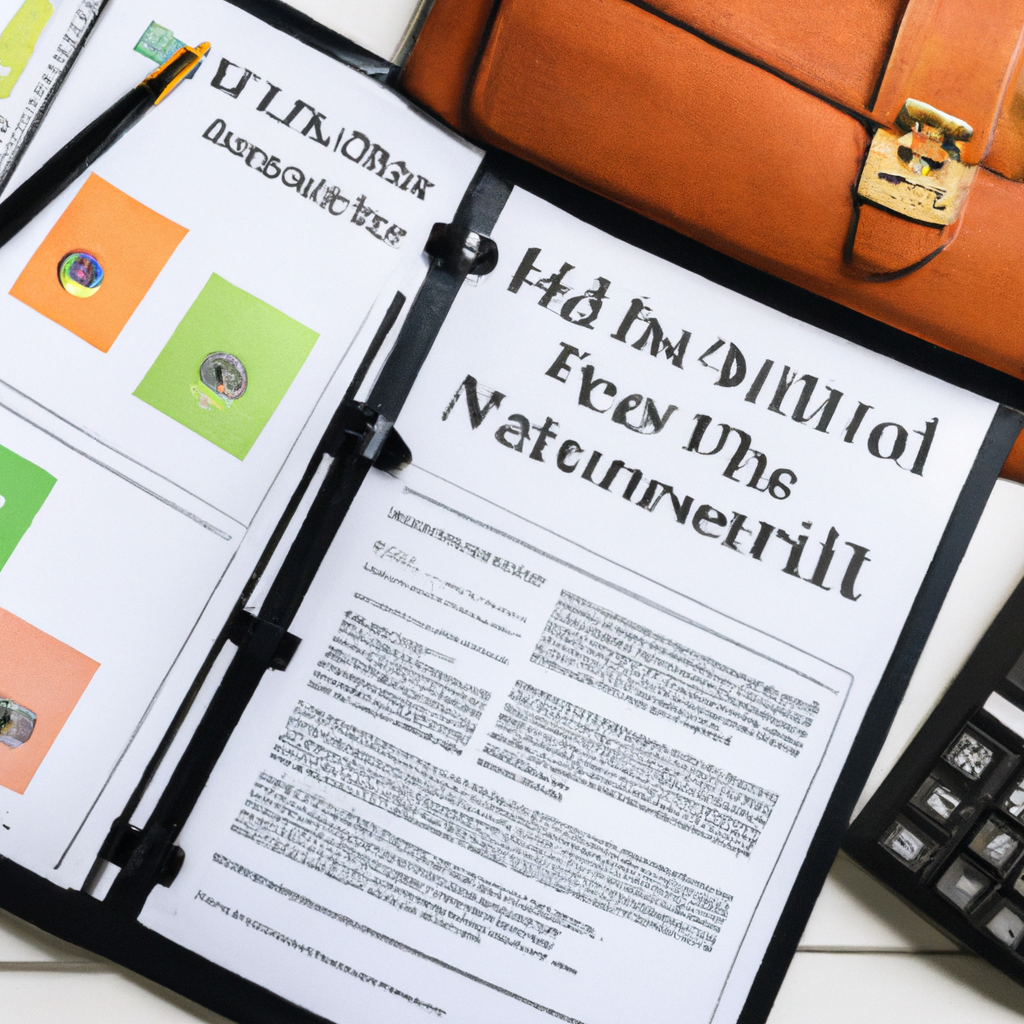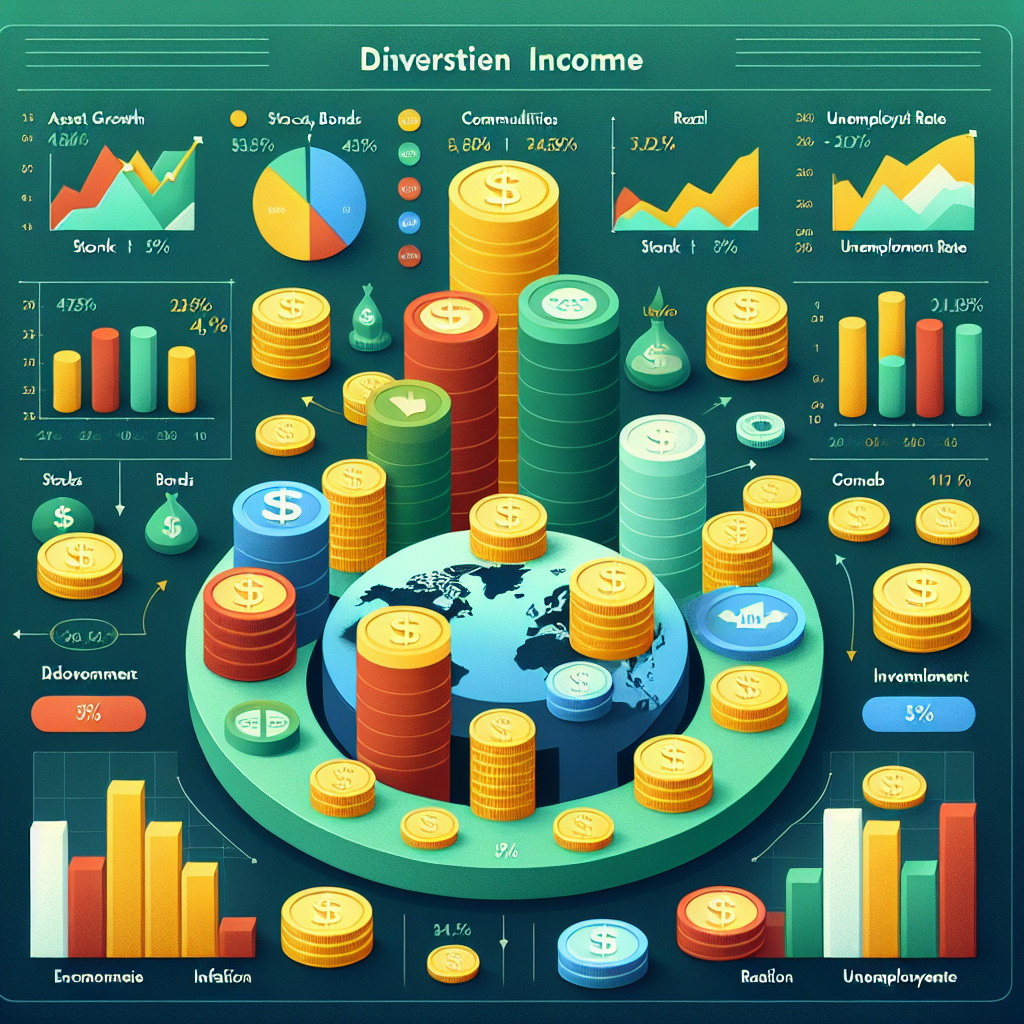How to Diversify Your Investment Portfolio
Why Diversification is Important
Diversifying your investment portfolio is crucial for managing risk and maximizing returns. By spreading your investments across different asset classes, industries, and regions, you can reduce the impact of market volatility on your overall portfolio.
Steps to Diversify Your Portfolio
1. Determine Your Risk Tolerance
Before you start diversifying your portfolio, it’s important to assess your risk tolerance. Consider your investment goals, time horizon, and comfort level with market fluctuations. This will help you determine how aggressive or conservative you should be with your investments.
2. Allocate Your Assets
Once you understand your risk tolerance, you can start allocating your assets across different investment categories. This may include stocks, bonds, real estate, commodities, and cash. The key is to find the right balance that aligns with your risk tolerance and investment goals.
3. Invest in Different Industries
Diversifying across different industries can help reduce the impact of a downturn in a specific sector. For example, if you have a large portion of your portfolio invested in technology stocks and the tech sector experiences a decline, having investments in other sectors like healthcare or consumer goods can help offset potential losses.
4. Consider International Investments
Investing in international markets can provide additional diversification benefits. By spreading your investments across different countries and regions, you can reduce the impact of geopolitical events and economic downturns in any single country.
5. Rebalance Your Portfolio Regularly
It’s important to regularly review and rebalance your portfolio to ensure that your asset allocation remains in line with your investment goals and risk tolerance. Rebalancing involves selling investments that have performed well and buying more of those that have underperformed to maintain your desired asset allocation.
Conclusion
Diversifying your investment portfolio is essential for managing risk and achieving long-term financial success. By following these steps and regularly monitoring your investments, you can build a well-diversified portfolio that can weather market fluctuations and help you reach your financial goals.


